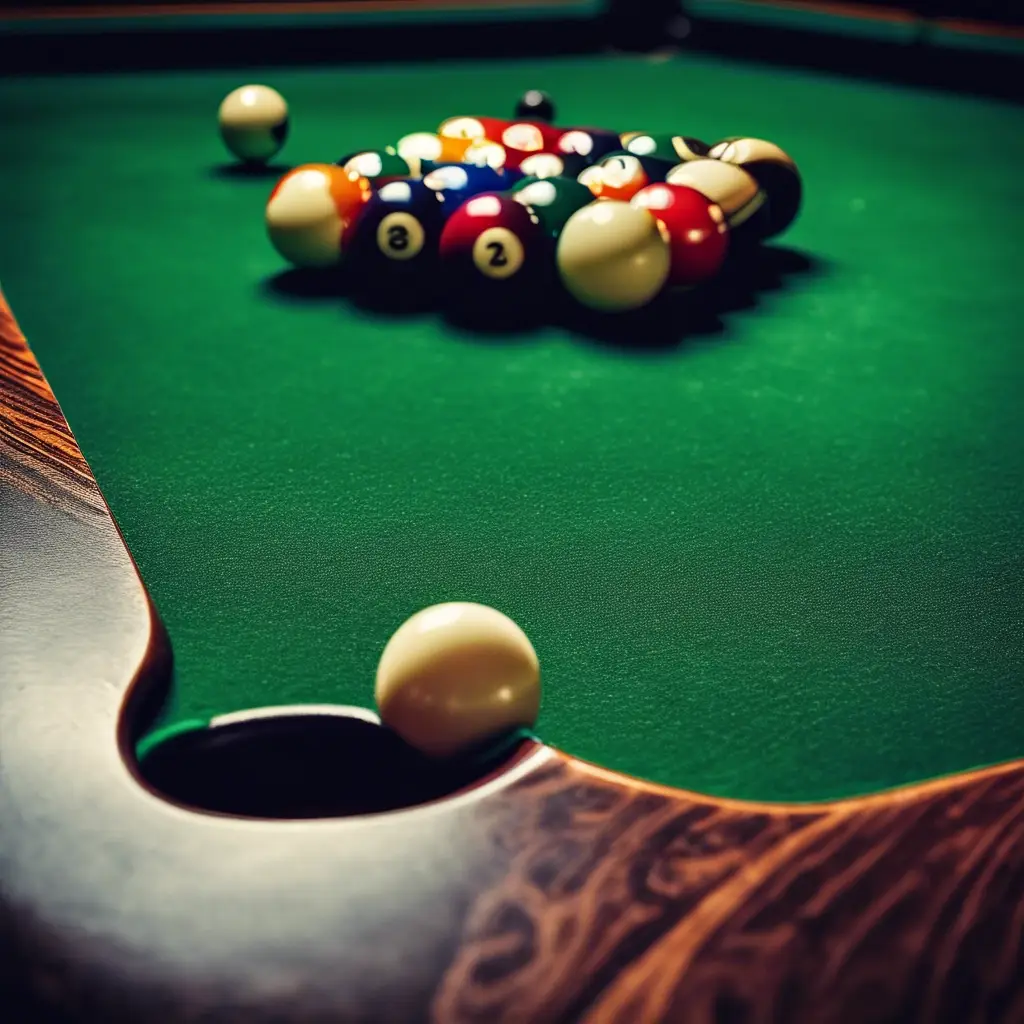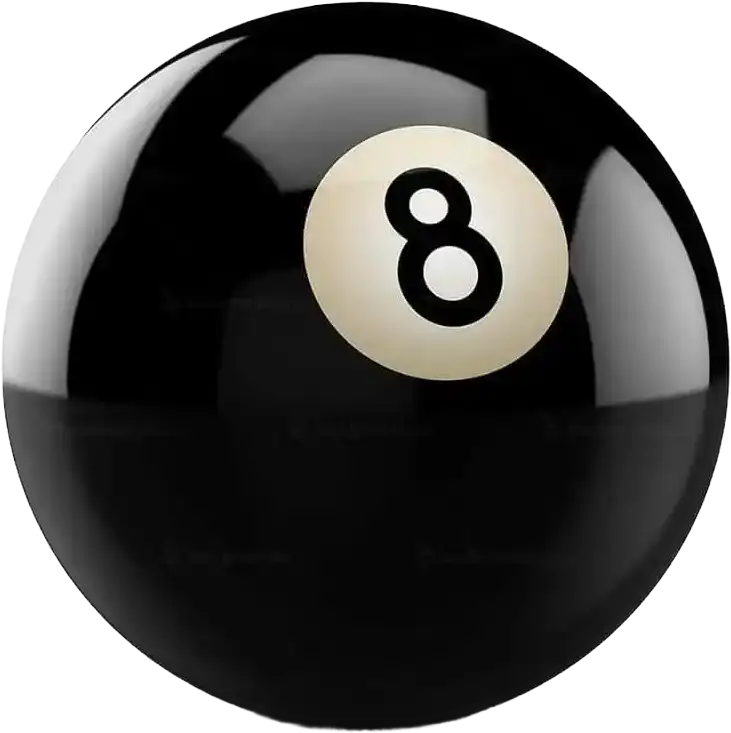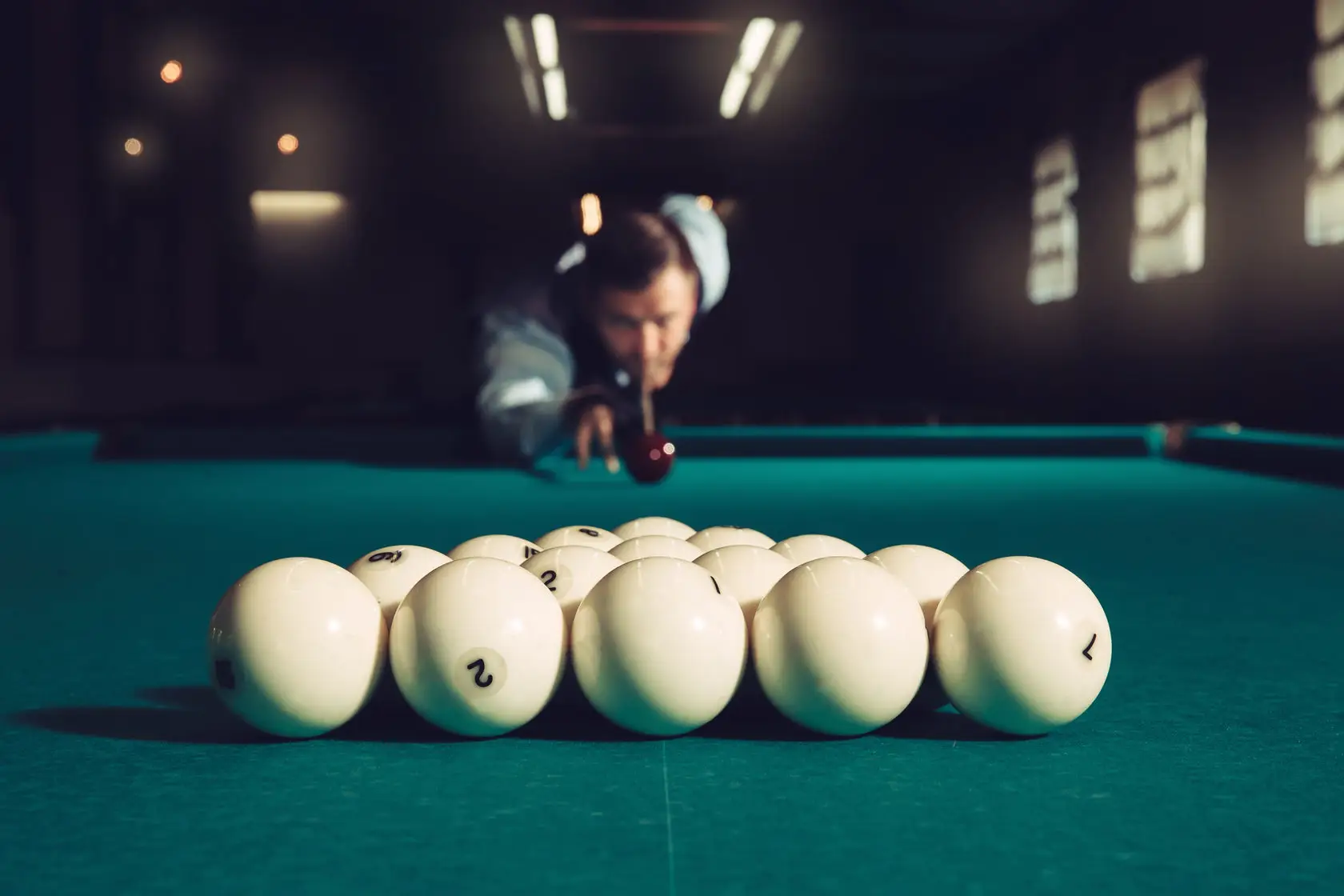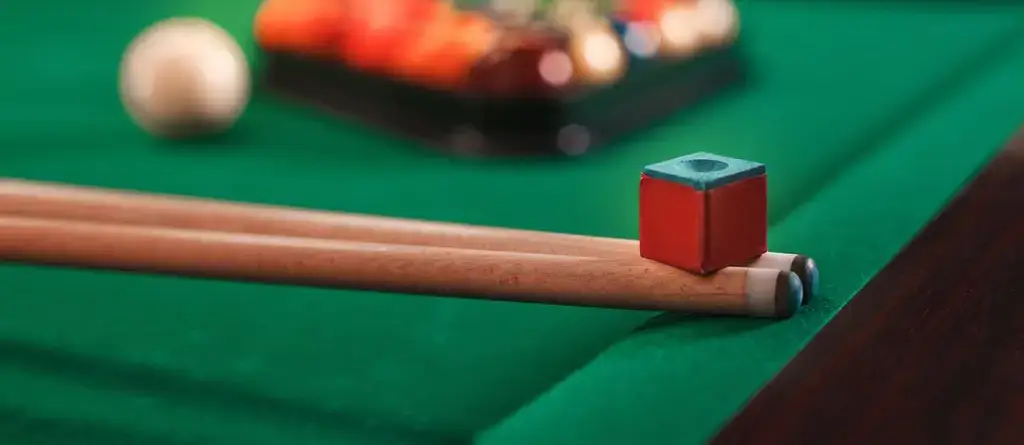
Dive into the exciting and fascinating world of billiards, which is filled with many interesting moments and thrilling events! Our blog shares not only the secrets of skill that will help you to become better, but also the latest tournament news, fascinating stories from the life of professionals, their inspiring moments, as well as useful tips and recommendations for all those who are eager to improve their skills. Join us and discover all the facets of this amazing game, diving into its rich history and strategy to become a true master of billiards!
Read moreWelcome to our amazing billiards blog! Here you will find many fascinating and informative articles dedicated to the exciting world of billiards. Our site offers you everything from in-depth tournament reviews to thorough analyses of the latest developments in this exciting discipline, as well as plenty of interesting and sometimes unexpected facts. We will endeavour to keep you up to date with everything that is happening in this fascinating sport and share new hobbies and ideas with you. Join our friendly community of billiards lovers and discover new facets of this wonderful game, diving into its history, technique and strategy that make it so unique and fascinating!
Find out the details
The course of the game begins not with the cue, but with a precise understanding of the situation. The ball is not just an object, but the main argument of strategy. Each strike creates a result fixed not by force, but by precision, angle, rotation. To master how to hit the ball in billiards, one …
American pool is one of the most popular types of billiards in the world. At first glance, it may seem simple, but in reality, it is a game where chance plays a minimal role. Success is achieved through precise shots, understanding of geometry and angles, as well as the ability to plan several moves ahead. …
Features of Russian billiards form its recognizable character, different from pool and snooker not only in appearance but also in essence. Traditions rooted in pre-revolutionary Russia still define the style of play, and the discipline itself requires special precision and a strategic approach. To understand what sets this type of billiards apart from others, it …
In the unique billiard game without pockets, precision and strategy are important. If you want to understand how to play carom, how the balls move on the table, and what makes the process so fascinating, this article is for you. We will go over the rules and specifics to help you master this captivating discipline. …
Modern types of billiards are very diverse. Although the rules may seem similar, each variety of billiards requires unique skills, different levels of preparation, and a special psychological approach. To objectively determine which type of billiards is the most difficult, it is necessary to analyze each discipline in detail based on key parameters: technique, pace, …
In billiard halls around the world, different rules, formats, and table sizes can be found. But the question remains the same: which type of billiards is the easiest for a confident start without overwhelming complexities. A quick entry into the game requires not only accessible rules but also comfort in every shot. It is the …
Popular types of billiards have long gone beyond sports clubs. They cannot be confined to the boundaries of just one table, set of balls, or the geometry of shots. It is a cultural code with shades of British and Russian strictness, American boldness, and French mathematical precision. To understand it, you will have to delve …
The course of the game begins not with the cue, but with a precise understanding of the situation. The ball is not just an object, but the main argument of strategy. Each strike creates a result fixed not by force, but by precision, angle, rotation. To master how to hit the ball in billiards, one …
Modern types of billiards are very diverse. Although the rules may seem similar, each variety of billiards requires unique skills, different levels of preparation, and a special psychological approach. To objectively determine which type of billiards is the most difficult, it is necessary to analyze each discipline in detail based on key parameters: technique, pace, …

Russian billiards requires not only precision, but also a clear understanding of the mechanics of the shot, calculating trajectories and discipline in movements. The difficulty lies in the small radius of the pockets, the strict rules and the high demands placed on each element. To understand how the balls are pocketed in Russian billiards, it …

Visually, it is a simple cube with a powdered surface. In practice, it is an indispensable element that determines the control over the impact, grip and stability of the cue. Every professional knows that without a high-quality coating, the cue slips and the direction of the ball becomes unpredictable. The answer to the question of …

Professional billiards begins not with arm strength, but with eye accuracy. Every effective shot consists of dozens of decisions made before the shot: choosing the point, calculating the trajectory, controlling the pause, the angle of contact, body orientation, and fixing the gaze. At an intense pace of play, aiming technique in billiards is the foundation …
Watching exciting billiards matches is a great way to relax and enjoy yourself. Watch the virtuoso strokes and tactical manoeuvres of the professionals.
Working in the billiard industry offers opportunities to socialise with interesting people, develop playing skills and organise tournaments. It is a great way to combine your hobby and professional activity.
A game of billiards is a great way to relax, develop strategic thinking and improve co-ordination. It is a fun activity that will give you a lot of pleasure.
In 1986, there was a legendary moment in the world of billiards that changed this fascinating sport forever. This event attracted the attention of fans and left a vivid mark in the hearts of players and spectators who remember that day.
In 2012, there was a significant moment in the world of billiards that will be remembered by fans. An amazing shot combining skill and precision delighted the spectators, filling them with joy and delight.
An unforgettable moment in 2019 when a billiard player surprised everyone with his incredible trick, raising the atmosphere to the heavens with his skill and precision!

This blog about billiards is a real find for me! The author writes engagingly and clearly, shares valuable tips. I am delighted with this resource!

★★★★★
This blog about billiards is a real find for amateurs and professionals! The author has an in-depth understanding of the topic and shares valuable tips. Be sure to read it!

★★★★★
This blog about billiards is a real find for fans of the sport! The author writes fascinatingly and with deep knowledge. I recommend it to all billiard lovers!

★★★★★